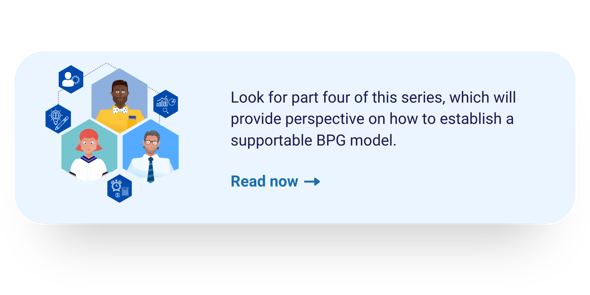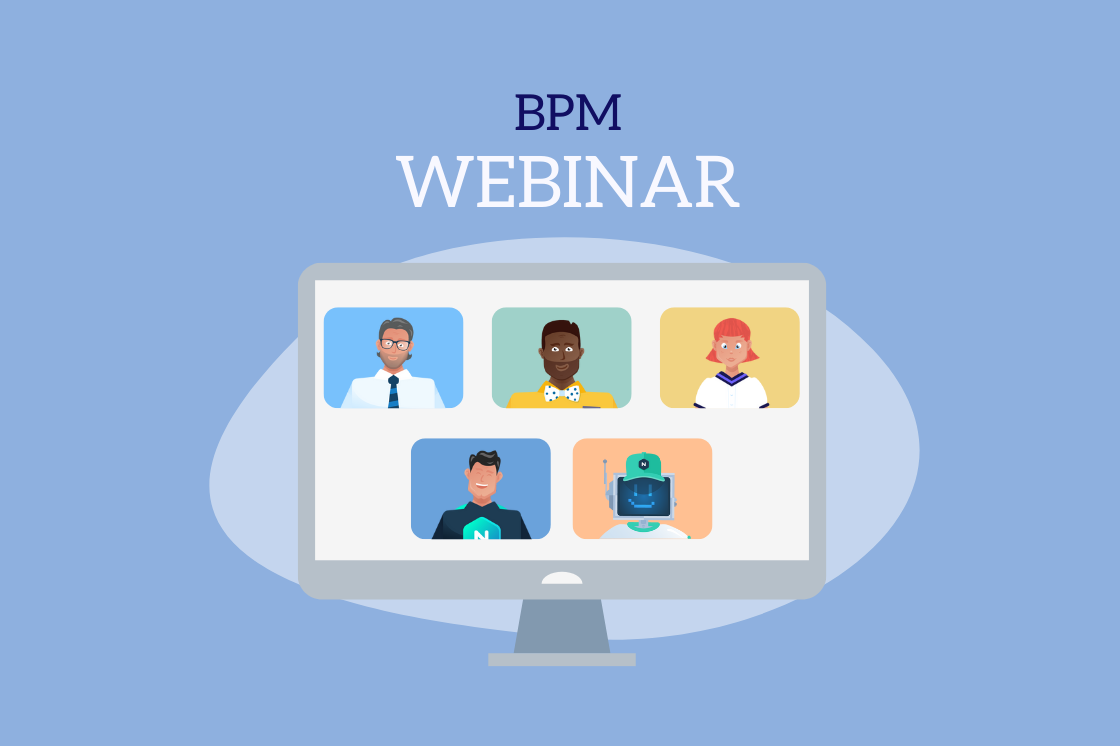Process Governance Model Maintains the Integrity of Process
The first two parts of this series presented ideas and insights about aligning Business Process Governance (BPG) framework with the strategic objectives of the enterprise and establishing a process framework utilized across all process initiatives. This blog post focuses on process governance.
All processes require constant change to remain relevant and effective, and a governance model is required to maintain the appropriate level of oversight.
Process Governance
Effective process governance is a crucial element of Business Process Management, particularly for organizations aiming to achieve Digital Transformation.
Each process within an organization needs a designated process owner who is responsible for managing the backlog of changes or requests affecting their process. The process owner must have a solid understanding of how the processes support the enterprise's strategies and ensure that the process continues to focus on delivering the expected outcomes. In addition, they must have a comprehensive understanding of the process dependencies and interdependencies across the organization to balance how changes to the process may impact other areas of the enterprise.
The process owner is not a dictator, but rather a collaborator who understands the importance of engaging with key stakeholders and business sponsors to ensure alignment with business objectives. They must have a deep understanding of how the process is used and the value it delivers to customers, and provide a critical review of changes while seeking input from those who use the process on a daily basis. The process owner's role is to facilitate change, not to impose it, and to work with others to ensure that the process continues to deliver the desired outcomes.
For larger organizations or those with a global presence, process councils are established with representatives from various parts of the organization or even countries to provide feedback on proposed changes, ensuring that all perspectives are considered. While the process owner can defer approvals to users of the process or groups like process councils, they are ultimately accountable to business sponsors and stakeholders, ensuring that the process continues to deliver the desired outcome.
To maintain effective processes, a flexible approval process outlining the impact of changes is crucial. Process or sub-process level changes require more consideration than activity or task level changes, and approval levels should be directly related to the impact on others. If the change affects a single team or area, line managers can approve it. However, cross-functional or process changes require more oversight and guidance, often with input from stakeholders or designated subject matter experts. The process owner must facilitate change while always ensuring that the process continues to deliver the desired outcomes.
A clear governance model outlining the approval process for different types of changes allows staff members to modify their day-to-day tasks and deliverables without unnecessary bureaucracy. However, for processes with multiple interdependent steps, additional approvals may be necessary. Understanding who is performing the work and who is receiving it helps the process owner determine the appropriate level of governance for each change. As your Business Process Governance capability expands, allow the framework to evolve accordingly.
The most important aspect of governance is to establish a framework that varies depending on the amount of expected impact, and allow the model to evolve as your BPG capability increases and expands. Originally published Jul 14, 2017 16:51, updated May 27, 2022
Originally published Jul 14, 2017 16:51, updated May 27, 2022


